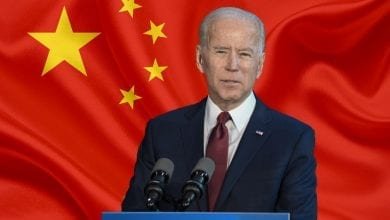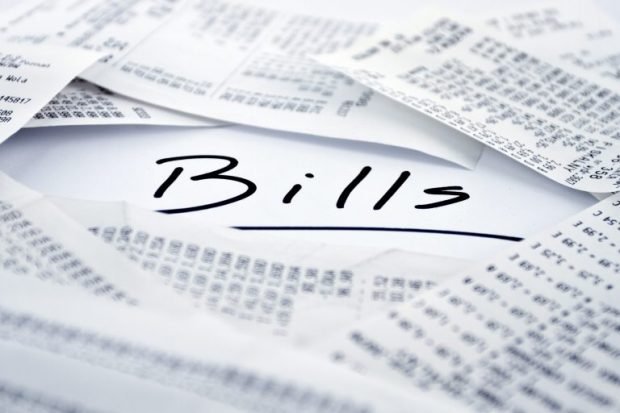Stagflation may be here by late summer
While stagflation is not the most likely scenario, it is a possibility.
As economic growth slows and inflation rises, the economy could see stagflation – a condition where economic growth stalls, yet prices continue to rise – by this summer. We had a brief experience with this in 2022 and a very severe case of stagflation in 1980. This time the problem may be serious.
In the first half of 2022, economic growth was negative. In the first quarter, growth was -1.6% and in the second quarter growth was -0.6. By the historical definition, that was a recession. In June of 2022 the annual inflation rate, as measured by the consumer price index, was 9.1%. That meant there was a stagnant economy with high inflation or stagflation.
Fortunately, the stagflation didn’t last. Much of the massive increase in government spending that was approved in 2021 began to be spent at about this time. That was enough to pull the economy out of negative growth. Third quarter GDP grew at a 3.2% rate. The fourth quarter growth was 2.6%.
At the same time, the Federal Reserve’s Monetary Policy turned very aggressive as they eventually raised the federal funds interest rate from near zero to over 5%, which brought the inflation rate down. Those actions easily ended the stagflation.
This time may be different.
By the end of 2023, annual inflation had dropped to 3.4% while growth for the year was 2.5%. It appeared as if both the slow growth and the inflation problems had been solved. But looking into the future, we see that those problems may not have been completely solved.
Data from December and January suggests there is upward pressure on prices. Most economists disagree with that statement, noting inflation has fallen from its 9.1% peak in mid-2022 to 3.4% at the end of 2023. They note that with interest rates this high, increased inflation is not likely.
However, the current core inflation rate, which excludes volatile food and energy prices, remains near 4%.
Much of the decline in the CPI from mid-2022 to the end of 2023 was due to falling energy prices. While most economists forecast that energy prices will be stable in 2024, mostly due to declining demand from countries like China, Germany, England and others, there could be supply disruptions due to the Middle East conflicts.
If energy prices do rise, that will add to the current 4% core rate so that the overall CPI could increase to well above 4%. In addition, the core rate itself is likely to rise due to abnormally high wage increases. That means the Fed will not cut interest rates at all this year and may indeed raise them once or twice before year-end.
Economic growth appears to be slowing. I have said growth has been slowing for the last two years but, except for the first half of 2022, that didn’t happen. This time though I think it may.
There are two reasons why economic growth was stronger than predicted for the past two years. One is the massive increases in government spending. From fiscal 2021 to fiscal 2024, the federal government will have deficit-spent nearly $8 trillion. That creates enough excess demand to thwart a recession.
The second reason is that consumer spending has been very strong. Consumers spent all the stimulus money the government handed out in 2021 and when that ran out, they continued to spend by using their credit cards. In July 2022. consumer credit card debt topped $1 trillion for the first time ever. Last month the figure increased to $1.13 trillion.
But based on the declining retail sales numbers in December and January, it looks like consumers are “tapped out” so they won’t be making as many credit card purchases.
Since the total public debt is now more than $34 trillion, the Government will not be able to increase spending to stimulate growth, especially if the GOP gains control of Congress and the Presidency in November.
If stagflation does occur late this summer, it may last longer than we would like. The Fed will have to increase interest rates further to hold prices down, which will tend to slow growth. Government spending won’t increase so there will be nothing done to stimulate growth, meaning the high prices/slow growth scenario, or stagflation may be here for some time.
While this may not be the most likely scenario, it is a possibility.
The country will be paying for the poor government policies that led to the high inflation and slow growth. A change in those policies is needed to get to stable prices with growth.
Agree/Disagree with the author(s)? Let them know in the comments below and be heard by 10’s of thousands of CDN readers each day!




